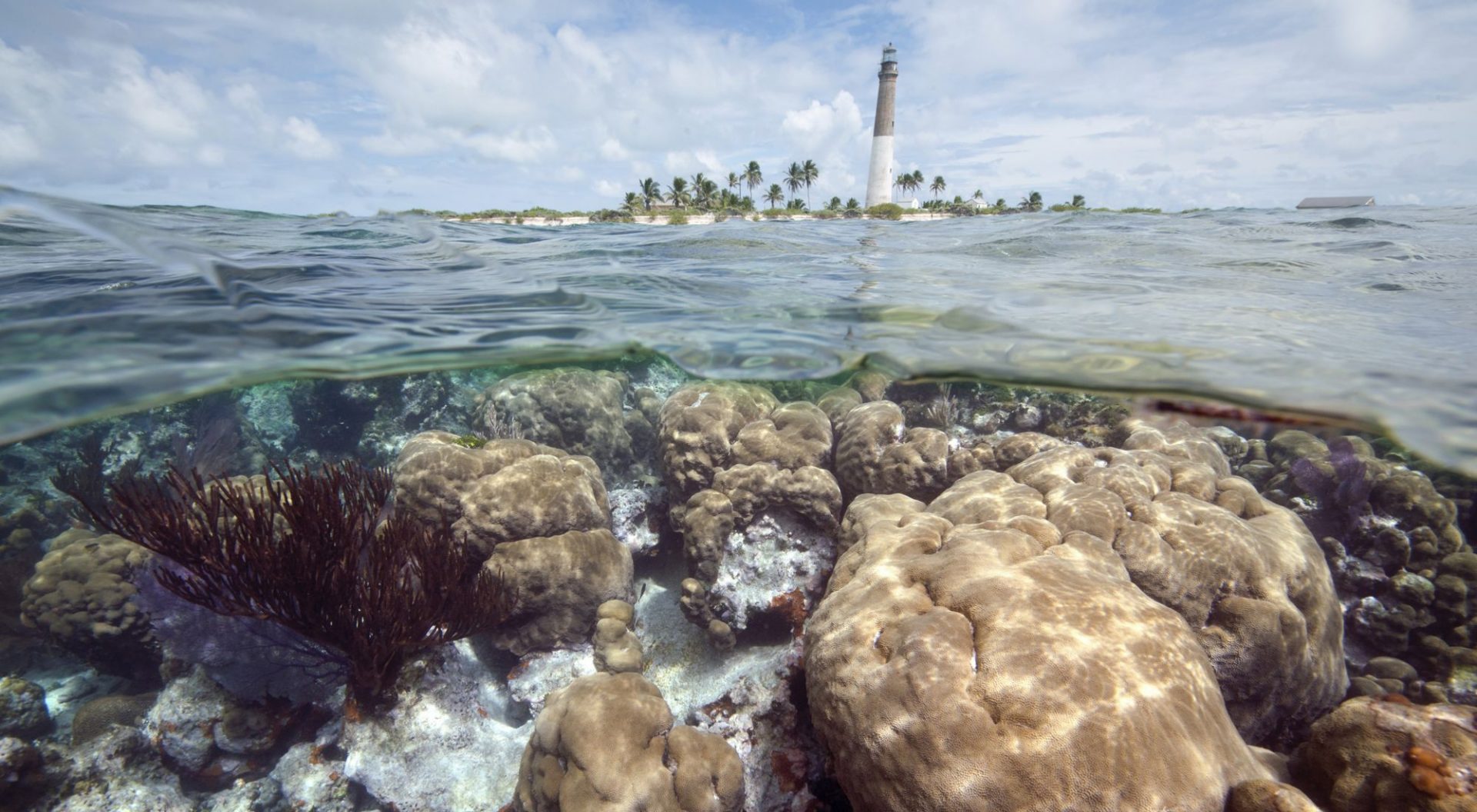The ocean represents an estimated $1.5 trillion in global value added, yearly. Economies globally depend on a healthy ocean— from large-scale fisheries to subsistence fishermen; from international luxury hotel chains to the 3 billion people dependent on seafood as their primary source of protein. With this incredible value in mind, we must work to better understand how and where we depend on nature; and harness scientific knowledge, innovative thinking, new technology and approaches to ensure the continuity of these benefits. Only then can we truly improve and increase investment in marine conservation, restoration and management.
We all depend on the ocean, and are collectively responsible for its well-being—understanding its value, and thus the cost of inaction, is crucial in insuring we treat the ocean like any other asset we depend on.
As the saying goes, ‘you cannot manage what you cannot measure.’ With our Mapping Ocean Wealth initiative, we’re using innovative technology and approaches to showcase not just that we need nature, but how much we need it, and where. The Nature Conservancy’s goal is to calculate and map what the ocean does for us today, so we can make smart investments and decisions affecting what the ocean can do for us tomorrow.
Through mapping our ocean wealth, we move from expert-informed global models of habitat value to specific local maps. Both enable us to evaluate nature as an asset, creating critical, actionable information that can be translated directly into the engineering, financial and policy language that can inform and improve coastal and ocean planning, conservation, development and investment decisions.
READ MORE AT Nature.org

